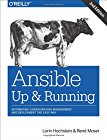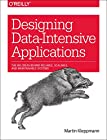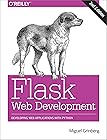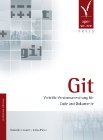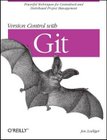
Once, when I picked up a book from the local library, the librarian asked to tell her what I thought about the book when I would bring it back. Well, why not write a few lines about all the books I read so everybody could see what I thought about it? I'm often also happy to have friends recommend a certain book or tell me this and that is not really worth reading. I won't comment about the tons of books I have read so far, but about books I read from now on.
| highly recommended | sehr empfohlen | |
| good reading | gutes lesematerial | |
| average | durchschnittlich | |
| not too interesting | nicht allzu interessant | |
| recommended not to read it | empfehlung das buch nicht zu lesen |





























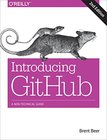
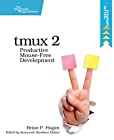















































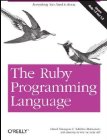








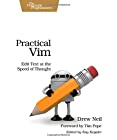












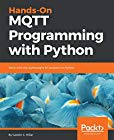











































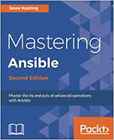






 |
|
|---|---|
| title | Version Control with Git |
| author | Jon Loeliger |
| ISBN-10 | 0-596-52012-3 |
| ISBN-13 | 978-0-596-52012-0 |
| ASIN | |
| rating | |
| date | 2009-Aug-20 |
Git is a very powerful, but also a very complicated Version Control System (VCS). I have experience with Subversion and for sure subversion was much easier to understand and learn. Also the documentation available online for subversion I think is better. So I was looking forward very much to this book, hoping it would finally jumpstart me on understanding and using git.
Jon Loeliger definitely does a better job with his book than the online documentation to give the reader an understanding of git. But even after reading the book I still feel somewhat like a toddler, wobbly on my feet when walking on the git-road. Partially this definitely is due to the complexity of git and its (seemingly) dozens of sub-commands and possible ways of doing things. However, I would have preferred fewer references to the manpages. The various commit graphs used throughout the book are a big help to understand what is going on, but a consistent example repository which is used from begin to end for all the examples might make things easier. On the upside, Jon does usually show how the sample repository he is using in each step is created, so you can follow along quite easily. With some of the later chapters I felt a bit lost. For example at the end of chapter 12 'Repository Management', I really thought I had a misprinted book with some pages missing; a few possibilities on how different repositories could theoretically be connected are mentioned, but there is no information on actually how to do it, not even a hint that such information can be found further on in chapter 15 'Combining Projects'.
If you need or want to use git and are dissatisfied with the usage information you can find on the web, Version Control with Git is probably worth buying and reading, it will remove some of your struggle, but don't expect you will be proficient in git after going through this book.























































